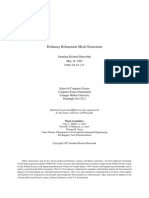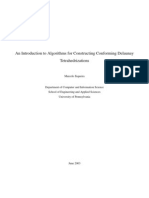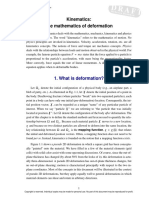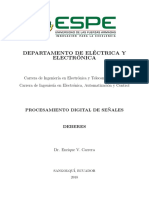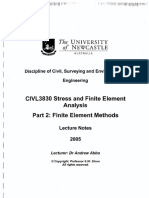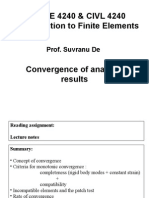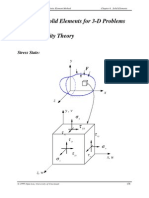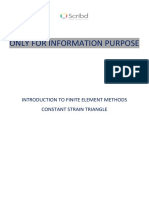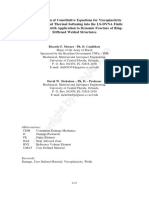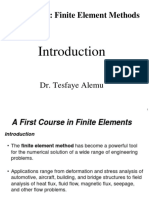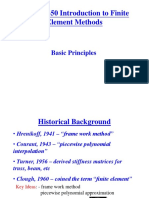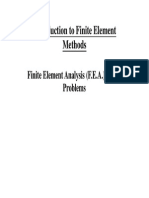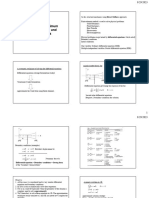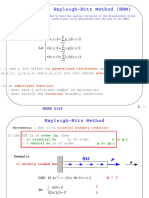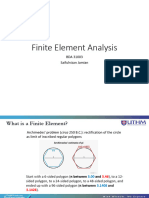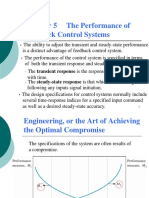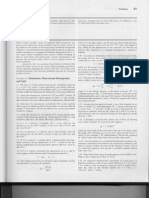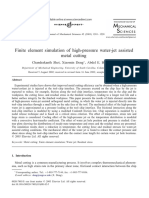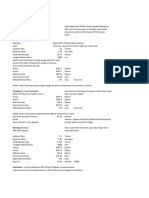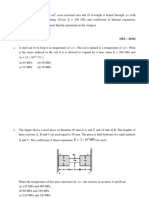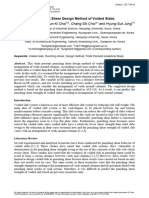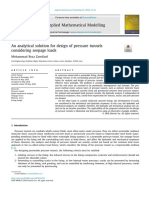0% found this document useful (0 votes)
128 views24 pagesMECH4450 Introduction To Finite Element Methods: Basic Principles
This document provides an introduction to finite element methods (FEM). It discusses the historical background of FEM, including early contributions. It also reviews basic principles like piecewise polynomial approximation and the derivation of stiffness matrices. Finally, it provides examples of applying FEM to problems in various engineering domains like aerospace, civil, electrical and biomedical engineering. It also presents the governing equations and boundary conditions for an example problem of an axially loaded bar, and demonstrates the use of the Rayleigh-Ritz approach and Galerkin's method to derive the finite element formulation for this problem.
Uploaded by
Mayank KumarCopyright
© © All Rights Reserved
We take content rights seriously. If you suspect this is your content, claim it here.
Available Formats
Download as PPTX, PDF, TXT or read online on Scribd
0% found this document useful (0 votes)
128 views24 pagesMECH4450 Introduction To Finite Element Methods: Basic Principles
This document provides an introduction to finite element methods (FEM). It discusses the historical background of FEM, including early contributions. It also reviews basic principles like piecewise polynomial approximation and the derivation of stiffness matrices. Finally, it provides examples of applying FEM to problems in various engineering domains like aerospace, civil, electrical and biomedical engineering. It also presents the governing equations and boundary conditions for an example problem of an axially loaded bar, and demonstrates the use of the Rayleigh-Ritz approach and Galerkin's method to derive the finite element formulation for this problem.
Uploaded by
Mayank KumarCopyright
© © All Rights Reserved
We take content rights seriously. If you suspect this is your content, claim it here.
Available Formats
Download as PPTX, PDF, TXT or read online on Scribd
/ 24





